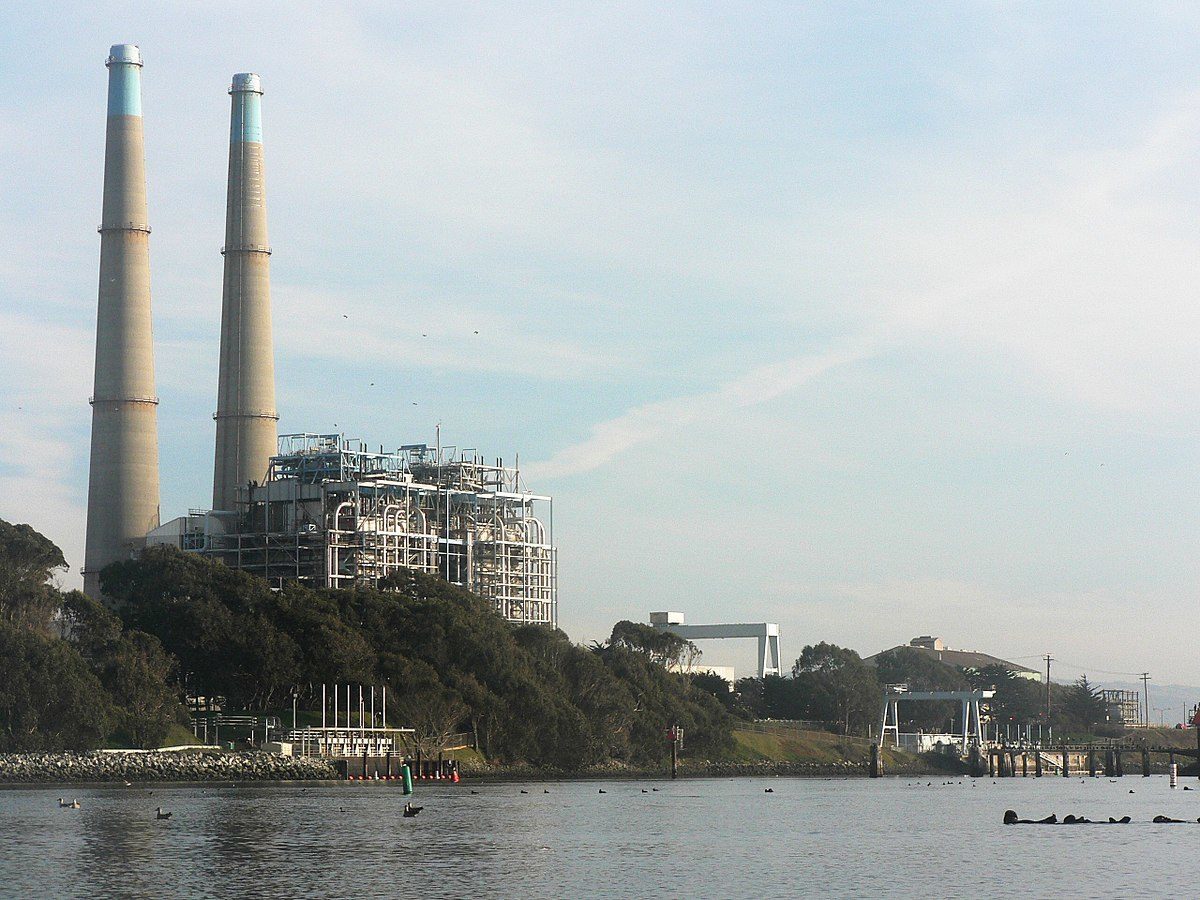The Energy Networks Australia’s (ENA) blog post ‘Is Grattan opening a can of worms’ has prompted a number of experts to issue scathing rebukes of the national peak body’s claims. While the ENA’s support of gas is unsurprising, given it represents gas distribution networks, the body’s claims are at odds the growing body of evidence showing gas to be an undesirable energy investment.
That the ENA chose to take aim at the Grattan Institute’s report, which is just one in a chorus, stuck a chord with Nick Aberle, the campaigns manager for Environment Victoria.
In June, the ENA published another blog “take down,” this time of Environment Victoria’s report which found the state could halve gas consumption in a decade, ultimately rendering AGL’s plans to build a gas import terminal unnecessary. In response, the ENA published a piece entitled ‘robbing Peter to pay Paul?’ which deemed the assessment “misguided.”
Aberle said when he saw the peak body’s response, he was reminded of the famous adage First they ignore you, then they laugh at you, then they fight you, then you win.
“This is the ‘they fight you’ stage. If [the ENA] felt more secure about what their own future looked like, I don’t think they’d go after environmental charities publishing emissions reports – they’d just ignore us. But it’s clear they see a threat on the horizon and they want to stamp on it,” Aberle told pv magazine Australia.
While Aberle says it’s a given that owners of gas networks say what’s necessary to ensure the continued existence and relevance of gas, some of the claims made by the ENA in their post are blatantly untrue.
“There’s a line in here that says ‘Gas is a low emissions options today and will be zero emissions in the near future’ – that’s just bullsh*t!”
“It is not a low emissions option today and it will not be zero emissions in the near future. We might end up with reticulated gas networks that are only transporting hydrogen, but that’s not happening anywhere close to the near future – that’s decades away,” Aberle said.
The Environment Victoria campaigner noted, however, the difficult position in which the ENA is stuck. Similar to the Australian Energy Council, which represents traditional energy companies and also wind and solar farms, the ENA represents both gas and clean electricity transmission networks. This dual membership puts these peak bodies in a bind.
“They kind of need to hedge what they say a little bit or else a subset of their membership will kick up a stink,” Aberle said.
Be that as it may, it has not protected the ENA from harsh criticisms. In its ‘Gas Vision 2050’ published in September, the ENA claimed net-zero emissions can be reached with hydrogen at half the cost of electrification. “If you get this kind of fundamental assumption so badly wrong then I think we can safely assume this report from the gas industry is a piece of commercially self-serving rubbish,” Tristan Edis, Director of Analysis and Advisory at Green Energy Markets, told pv magazine Australia.
Likewise, Tim Baxter, a Senior Climate Council Researcher and co-author of Passing gas: Why renewables are the future, called the ENA’s claims harmful.
“Gas is significantly more dangerous than is conventionally understood in terms of its impact on the climate,” Baxter told pv magazine Australia.
Baxter says the ENA’s position on gas simply does not reconcile with the climate science, nor does align with the Australian Energy Market Operator’s Integrated System plan.
“It really doesn’t stack up,” Baxter said.
This content is protected by copyright and may not be reused. If you want to cooperate with us and would like to reuse some of our content, please contact: editors@pv-magazine.com.









By submitting this form you agree to pv magazine using your data for the purposes of publishing your comment.
Your personal data will only be disclosed or otherwise transmitted to third parties for the purposes of spam filtering or if this is necessary for technical maintenance of the website. Any other transfer to third parties will not take place unless this is justified on the basis of applicable data protection regulations or if pv magazine is legally obliged to do so.
You may revoke this consent at any time with effect for the future, in which case your personal data will be deleted immediately. Otherwise, your data will be deleted if pv magazine has processed your request or the purpose of data storage is fulfilled.
Further information on data privacy can be found in our Data Protection Policy.